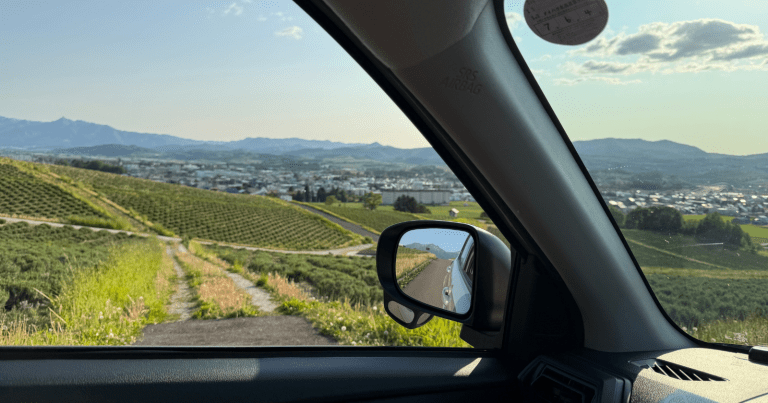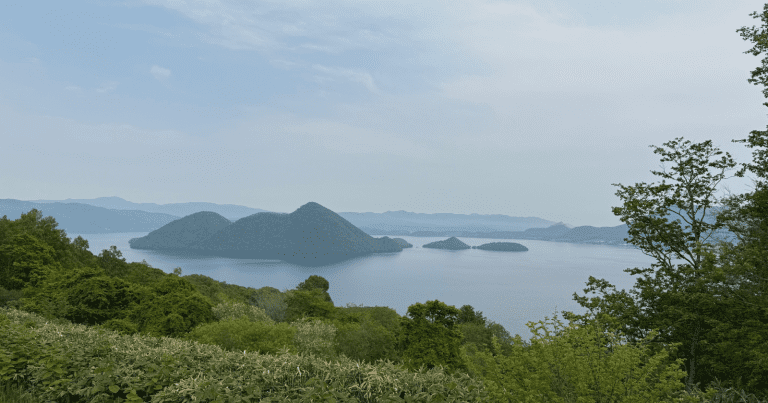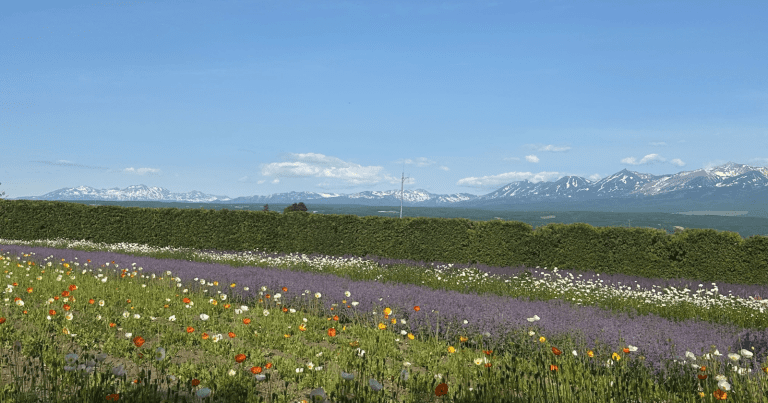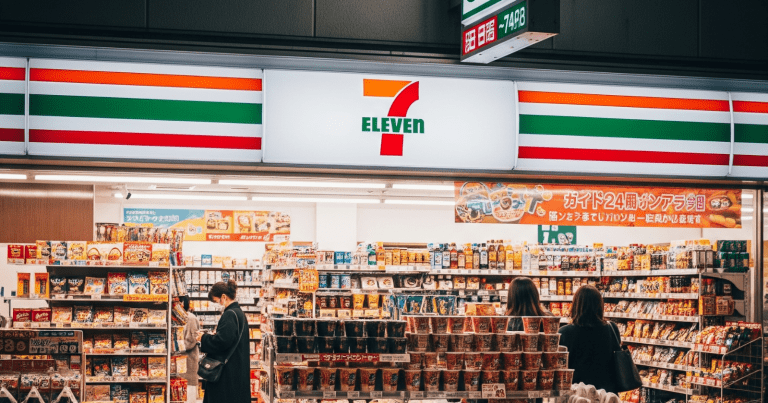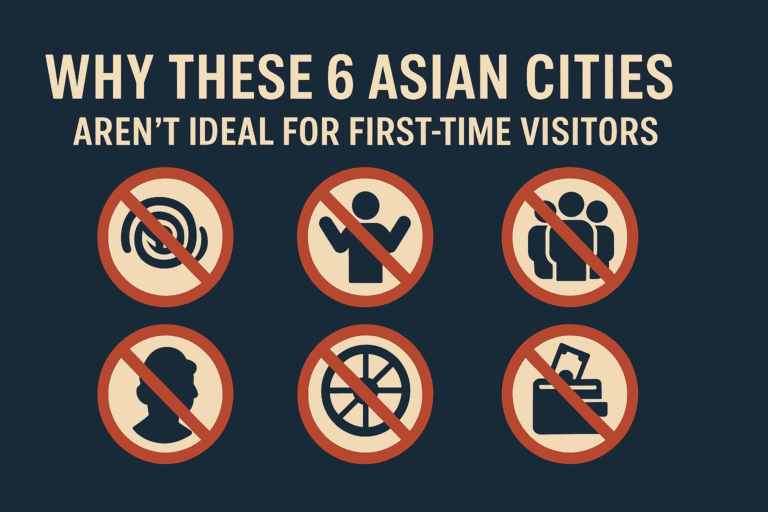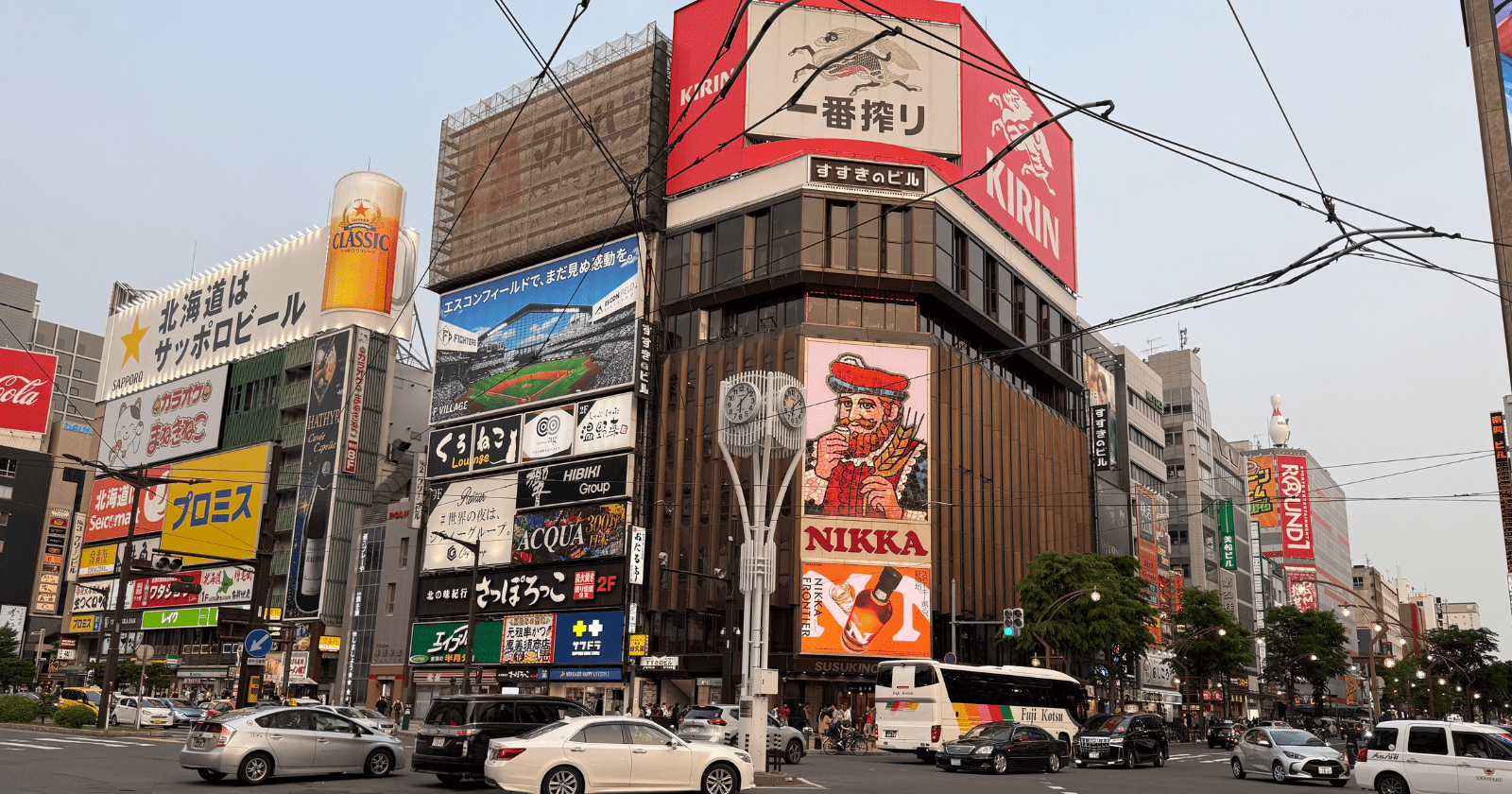
Limited time in a vibrant city can feel like a constraint, especially when that city is also your gateway to a grander adventure, like a Hokkaido road trip. You land in Sapporo with just 48 hours to soak it in, fuel up on local delights, experience its unique evening buzz, and seamlessly transition into your self-drive journey. How do you maximize every minute without feeling rushed or missing out? This is where savvy travel planning comes in. Stop feeling overwhelmed by condensed itineraries and start seeing Sapporo as your efficient, exciting, and delicious launchpad. This guide cuts through the noise to give you the actionable tips and insider perspective you need to conquer Sapporo in two days and kick off your road trip like a pro.
Navigating a new city, especially in a different cultural context like Japan, requires strategic thinking. You’re not just sightseeing; you’re optimizing your time, your budget, and your experience. Our focus here is on practicalities: where to eat efficiently and well, how to tap into the local night scene without breaking the bank or wasting precious hours, and the crucial steps to make Sapporo the perfect starting point for your Hokkaido adventure. Forget lengthy historical descriptions; we’re talking brass tacks – the ‘how-to’ of making your Sapporo 48 hours food nightlife road trip launchpad plan a resounding success.
Maximizing Your First Day: Arrival, Eats, and Urban Exploration
 Upon arrival in Sapporo, efficiency is key. Your accommodation sets the tone for your stay. For those prioritizing comfort and convenience while staying savvy, consider a hotel like the Sapporo Hotel by Granbell. This newer option offers modern amenities, often including fantastic views, and crucially, complimentary access to an onsen (hot spring bath) for guests. Think of the onsen not just as a luxury, but a practical travel hack – it’s a perfect way to shake off travel fatigue and refresh yourself immediately, saving you time and potentially money on external relaxation options. Locating yourself near public transport hubs is also vital; Sapporo’s system is blessedly convenient, allowing you to navigate the city center easily.
Upon arrival in Sapporo, efficiency is key. Your accommodation sets the tone for your stay. For those prioritizing comfort and convenience while staying savvy, consider a hotel like the Sapporo Hotel by Granbell. This newer option offers modern amenities, often including fantastic views, and crucially, complimentary access to an onsen (hot spring bath) for guests. Think of the onsen not just as a luxury, but a practical travel hack – it’s a perfect way to shake off travel fatigue and refresh yourself immediately, saving you time and potentially money on external relaxation options. Locating yourself near public transport hubs is also vital; Sapporo’s system is blessedly convenient, allowing you to navigate the city center easily.
Once settled, it’s time to dive into Sapporo’s famous culinary scene. Hokkaido is renowned throughout Japan for its incredible produce, especially dairy and lamb, and Sapporo is the epicenter of this gastronomic excellence. For a quick, iconic treat, seek out Hokkaido soft serve ice cream. The quality of the milk here is unparalleled, resulting in a creaminess and rich flavor that you won’t find elsewhere. It’s an essential, yet fast, culinary checkpoint. Many shops along the main shopping streets in the city center offer it.
For a more substantial and uniquely Sapporo meal, Genghis Khan (Jingisukan) lamb is a must-try. This dish involves grilling tender lamb (often marinated) on a dome-shaped metal skillet, usually shared among diners. It’s flavorful, communal, and distinctly Hokkaido. The Sapporo Beer Museum area, a short distance from the city center, houses a popular restaurant serving this, often alongside an all-you-can-eat meat buffet option – a savvy choice if you arrive hungry and want to sample various cuts. Choosing this area also allows you to combine dinner with a potential visit to the museum itself, ticking off a cultural point efficiently.
Remember that while Sapporo’s city center is lively with bright lights and busy streets, particularly the long shopping arcade, it feels less overwhelming than Tokyo or Osaka. This slightly calmer pace makes navigation and finding your way around for food easier, even if it’s your first time in Japan. Anecdotally, during my first visit, I spent an unnecessary amount of time trying to decipher bus routes when the central walking distances and subway lines were perfectly adequate and far simpler for hitting major food spots like the ramen alley or finding a good Genghis Khan place. Stick to the core areas and their main transport links first.
When exploring, notice that some shops might offer slightly better prices compared to their counterparts in larger Japanese metropolises. This is part of Sapporo’s charm as a less saturated tourist destination, offering savvy travelers small but welcome savings on souvenirs or local goods.
Consider using local public transport passes or checking if your hotel offers any transport benefits. While major city centers like Tokyo can feel complex, Sapporo’s layout is more manageable. Learning a few key phrases in Japanese, like asking for directions or ordering food, goes a long way, though many key tourist spots and transport systems have English signage. Embrace the slightly friendlier disposition of the locals compared to the hustle of bigger cities – they often appreciate the effort to communicate.
Day Two: Savvy Activities, Unique Experiences, and Road Trip Prep
Your second day is about balancing unique Sapporo experiences with practical preparations for your road trip. Savvy travelers know that maintaining routine, even briefly, can enhance a longer journey. Finding a place for a workout might seem trivial, but it helps counteract travel inertia. While dedicated gyms can be scarce or expensive for short-term visitors in many parts of Japan, a great hack is to look for local public sports centers.
As experienced firsthand, there was one nearby offering a gym facility. These often have simple, functional equipment and are incredibly affordable. The process usually involves buying a ticket from a vending machine, which might require a bit of deciphering if there’s no English, but the low cost makes it a worthwhile effort compared to pricey hotel gyms or membership barriers. The staff, even with language barriers, are typically very helpful and patient, embodying the welcoming spirit we found among Sapporo locals.
For a unique culinary interlude that’s distinctly Japanese but outside the usual sushi/ramen narrative, seek out a place offering Japanese fluffy pancakes.  Sapporo has several cafes specializing in these airy delights. Opting for a flavor like tiramisu or a seasonal fruit topping provides a memorable, photogenic, and delicious experience that’s easy to fit into your morning or afternoon. It’s a relaxed way to enjoy a local trend and refuel.
Sapporo has several cafes specializing in these airy delights. Opting for a flavor like tiramisu or a seasonal fruit topping provides a memorable, photogenic, and delicious experience that’s easy to fit into your morning or afternoon. It’s a relaxed way to enjoy a local trend and refuel.
As your 48 hours near their end, consider your evening plans. Sapporo’s nightlife isn’t as sprawling as Tokyo’s, but it offers gems. For budget-conscious fun, look for “drink-all-you-can” (nomihodai) options, often available by the hour at izakayas or specific bars. Some places even combine this with entertainment like pool tables, ping pong, or board games, providing a cost-effective way to spend the evening socially without hopping between expensive bars. This offers great value and a chance to relax and plan the final details of your road trip launch.
Using public transport remains convenient for these evening excursions. The subway system is efficient and easy to navigate until late, ensuring you can get back to your accommodation safely. Sapporo strikes a balance – vibrant enough for interesting nights out, but not so chaotic that you feel lost. For first-time travelers in Japan, this accessibility is a significant plus.
Integrating these activities into your second day allows you to experience different facets of Sapporo beyond just major attractions while keeping an eye on the clock and your budget. It’s about curating experiences that are unique, enjoyable, and logistically feasible within your tight timeframe.
“Japan is a land of contrasts: ancient traditions meet modern technology.”
– National Geographic Kids (summarizing a common sentiment about Japan)
This contrast is palpable in Sapporo – from the traditional onsen at the hotel to the vending machine culture at the sports center, or the historic Beer Museum near a modern shopping district. Understanding and embracing these contrasts helps you navigate the country more effectively.
The Road Trip Launchpad: Practical Steps Before Hitting the Road
 Sapporo’s true value in this scenario is its function as a seamless launchpad for your Hokkaido road trip. Having spent 48 hours here, you’ve acclimatized, sampled local life, and are perfectly positioned geographically. The day you check out is the day your road trip truly begins. The critical step is the efficient pickup of your rental car. Major rental companies have offices conveniently located in or near the city center, often close to major train stations or hotels. Arrange your pickup for shortly after your check-out time. This minimizes downtime and allows you to load your luggage directly from the hotel.
Sapporo’s true value in this scenario is its function as a seamless launchpad for your Hokkaido road trip. Having spent 48 hours here, you’ve acclimatized, sampled local life, and are perfectly positioned geographically. The day you check out is the day your road trip truly begins. The critical step is the efficient pickup of your rental car. Major rental companies have offices conveniently located in or near the city center, often close to major train stations or hotels. Arrange your pickup for shortly after your check-out time. This minimizes downtime and allows you to load your luggage directly from the hotel.
Before leaving the city limits, make sure you’ve handled essential road trip prep. This includes confirming your navigation method (rental cars often have Japanese GPS, so having a reliable offline map app like Google Maps or MAPS.ME on your phone is a smart backup). Stocking up on snacks, drinks, and any essentials is also crucial. Sapporo’s numerous convenience stores (konbini) and supermarkets offer a wide variety of options at reasonable prices – a much more budget-friendly approach than relying on roadside stops later on. Think of this as a key step in becoming a budget backpacker or savvy road tripper.
Familiarize yourself briefly with Japanese road rules and signage, especially regarding expressways and tolls. While roads in Hokkaido are generally excellent, particularly outside winter, knowing basic rules helps avoid fines or confusion. Check your rental car thoroughly before accepting it, noting any existing damage. Ensure you have contact information for the rental company in case of issues on the road. For many, starting a road trip in Japan can feel daunting, but launching from a major city like Sapporo means easier access to rental depots and initial support if needed, unlike trying to start from a smaller town.
Consider the practicalities of packing for a road trip versus city exploration. While Sapporo allows for easy movement with minimal luggage thanks to its transport, a road trip means your car is your storage. However, maintaining a relatively minimal packing strategy still makes sense for moving in and out of hotels or guesthouses along your route. If you’re interested in optimizing your luggage, there are many guides on crafting efficient travel itineraries that incorporate smart packing principles.
Your 48 hours in Sapporo weren’t just about seeing the sights; they were about setting the stage. You got a taste of the local culture and cuisine, experienced the city’s manageable urban flow, handled practicalities like staying fit and enjoying the evening, and strategically positioned yourself for the next phase of your journey. This intentional approach transforms a short city stop into a functional, enjoyable, and efficient transition point.
Niche Tips and Resources for Your Sapporo Start
Beyond the core plan, a few niche tips can further enhance your Sapporo launch. If you’re struggling with the language barrier, especially at places like the sports center or smaller eateries, download and utilize offline translation apps with camera functions. Google Translate or DeepL can be invaluable for reading menus, signs, or even having basic conversations with locals. This technology hack is a staple for navigating Japan effectively.
For real-time information on local events, temporary closures, or transport updates, while major tourist sites are well-documented, local city guides or traveler forums focused on Hokkaido can provide more granular detail. Checking these just before your trip can save you unexpected surprises. Websites like the official Sapporo City website or the JNTO (Japan National Tourism Organization) site offer reliable, up-to-date information on attractions and transport.
If you’re particularly interested in diving deeper into Hokkaido’s unique food scene beyond Genghis Khan and soft serve, research specific seasonal produce or local specialties available during your visit in early June. Asparagus, corn, and various seafood come into season, offering fresh and distinct flavors. Visiting a local market like the Nijo Market (though potentially touristy, it’s central) early in the morning can give you a quick glimpse of the local bounty.
Remember that while Sapporo is less tourist-saturated than Tokyo or Kyoto, popular spots can still get busy, especially on weekends. Plan your visits to places like the Beer Museum or specific restaurants during off-peak hours where possible to minimize wait times. This simple timing hack can make a big difference in a tight 48-hour window. For example, having your fluffy pancakes mid-morning on a weekday might mean a much shorter wait than peak brunch time on a Sunday.
Finally, embrace the unexpected. Despite planning, travel always throws curveballs. The key is to be adaptable and maintain your friendly, confident demeanor, much like navigating the communication challenge at the local gym. These moments often become the most memorable parts of your trip and learning experiences for future travels, whether you’re tackling airport survival hacks or simply finding your way in a new city.
Staying connected is paramount, both for navigation on your road trip and for general safety and convenience in Sapporo. Secure a reliable data connection – either a local SIM card, pocket wifi, or an eSIM – upon arrival. This is non-negotiable for using maps, translation apps, researching on the fly, and contacting your rental car company if needed. Having reliable data transforms your smartphone into a powerful travel tool, essential for both city exploration and regional driving.
Conclusion: Sapporo Conquered, Road Trip Launched
In just 48 hours, you can transform Sapporo from an unfamiliar city into a conquered culinary and cultural stop and, most importantly, your well-prepared road trip launchpad. By prioritizing actionable steps – strategically choosing accommodation with practical benefits like an onsen, targeting unique local food experiences like Genghis Khan and Hokkaido soft serve, finding budget-friendly activities like public gyms or drink-all-you-can evenings, and handling crucial logistics like rental car pickup efficiently – you maximize your limited time.
Remember the key takeaways: leverage local transport’s convenience, use technology like translation apps to bridge gaps, embrace the unique local culture and food, and utilize Sapporo’s urban infrastructure to seamlessly prepare for your onward journey. Sapporo isn’t just a destination; it’s a functional pivot point for smart travel in Hokkaido.


